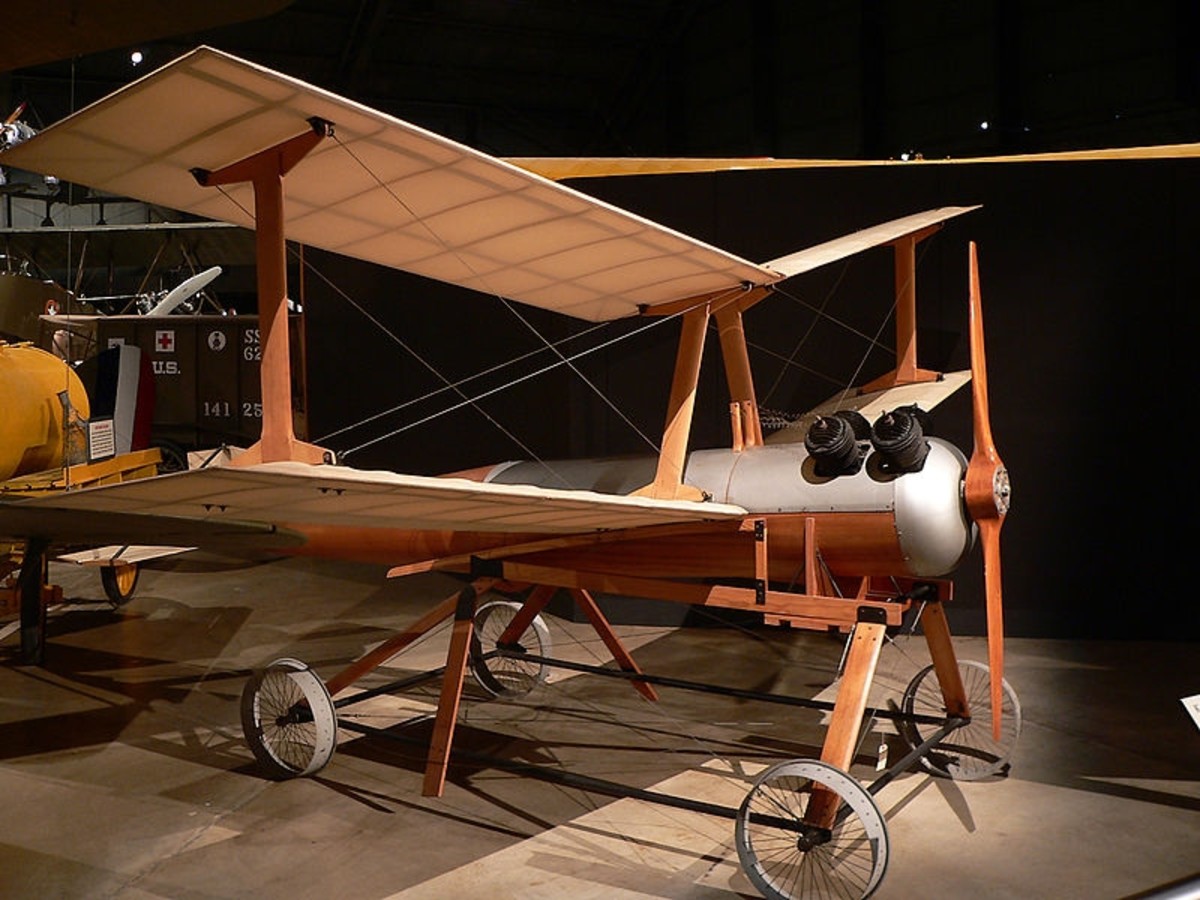Drones
What are drones? Drones, also known as Unmanned Aerial Vehicles(UAV), are basically aircrafts without any human pilot or crew on board the aircraft. They have rapidly emerged as a transformative technology and has a plethora of uses and a lot of functionality.
History of Drones - Drones weren't always the advanced and concise pieces of technologies they are, the idea and concept dates back to the 1840s where "incendiary balloons" were launched and used for military purposes. Since then, drones have come a long way. The first quadcopters, a common feature in many modern commercial drones, was first created in the 1900s. In 1916, the first pilotless aircraft was developed during World War 1. At that time, most of the drones were used for military purposes, however now they have a lot more functionality than just military weapons.
Technological Advancements in drones:
1. Artificial Intelligence - In recent times, computer vision and AI has been equipped to drones, this increases the autonomous capability of drones and allows them to make decisions on their own during flight without the need of intervention from humans. Drones equipped with artificial intelligence have the ability to collect and analyze large amounts of data swiftly. This increases the use cases of drones and further reduces the need of humans supervising or controlling drones.
2. Batteries - Development of new battery technologies have led to an extension in the flight times of these drones which allows for longer missions and extended coverage. Research in solar powered drones has also increased recently, this could lead to drones recharging during flight which can potentially lead to an unlimited range. The increased research and development in this field can also reduce its cost and make it more affordable and accessible to the general public.
3. Sensors - Advanced sensors are revolutionizing drones, expanding their applications. High-resolution cameras capture intricate details for stunning aerial photography and inspections. Thermal imaging sensors detect heat variations, aiding search and rescue missions or identifying infrastructure problems. LiDAR sensors create 3D maps, proving invaluable for surveying and construction.
In the next blog, I will explore the applications of drones in real life


Comments
Post a Comment